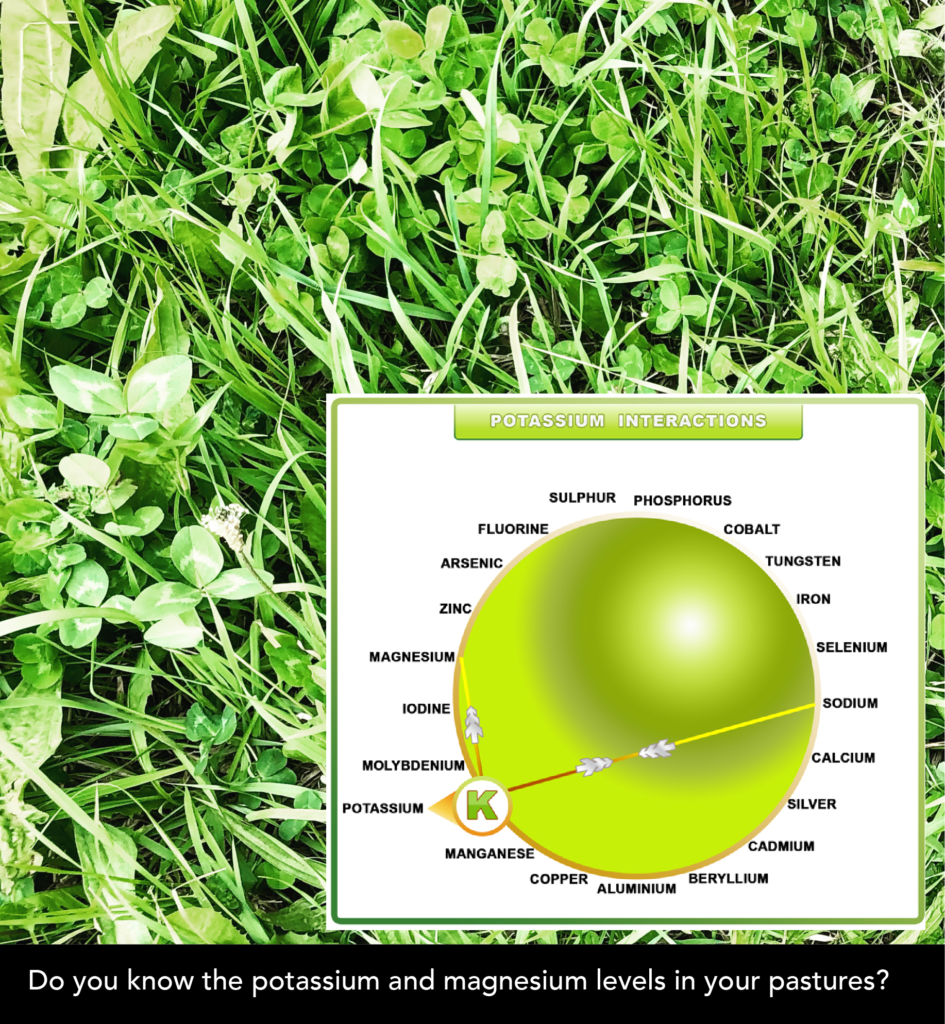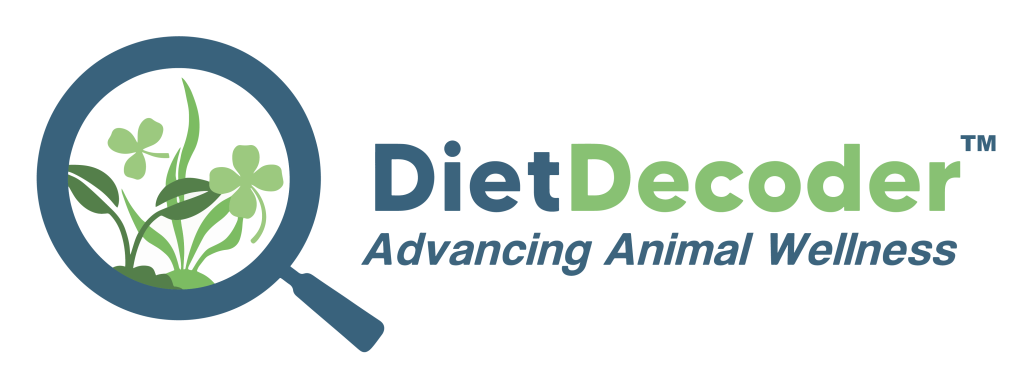It’s never too early to start thinking about how you can improve outcomes over calving and reviewing your autumn fertiliser choices is a great opportunity to increase your chances of a more successful spring.
Milk Fever Risk
Most of the common macro elements we apply as fertiliser are tied up in milk fever risk, including potassium, magnesium, phosphorus and calcium. Understanding and managing the levels of these nutrients in your pastures can go a long way to reducing the risk of milk fever (hypocalcaemia) and the many other related disorders over calving. Although the cause of milk fever is typically multifactorial, high dietary potassium and low magnesium are widely accepted as significant risk factors.

Applying potassium fertiliser in autumn can increase potassium levels in winter and early spring pastures, thereby increasing your risk of metabolic related issues over calving. The relationship to milk fever risk is tied up in the fact that high dietary potassium increases the risk of a magnesium deficiency by interfering with the magnesium absorption mechanism in the cow. Magnesium plays a vital role in the prevention of milk fever as it is crucial for the efficient absorption and resorption of calcium.
Pasture Potassium Levels
In many instances where clients have applied autumn potassium fertiliser we have seen this carry through as higher than desirable herbage levels over the calving period, particularly if it has been a dry winter. Where high pasture potassium levels have been identified as a milk fever risk, removing, reducing or re-scheduling this autumn potassium application has been vital to removing this risk and improving calving outcomes.
Herbage testing of cool season growth (in the case of spring calving) will give you an indication of how pasture potassium levels are tracking. Using soil levels alone means you risk overapplying nutrient which may lead to luxury uptake by pastures and higher than desirable pasture levels.
Magnesium Fertiliser & Supplementation
To add to the risk, herbage magnesium levels are usually lowest in winter/early spring, right when stock need it the most. Including a magnesium fertiliser such as Dolomite in your autumn fertiliser application is an effective way of lifting herbage magnesium levels if soil levels are low.
Generally speaking autumn calving carries less risk, as herbage potassium levels are typically lower and herbage magnesium levels are higher in late summer/early autumn. However, it’s still worth pasture testing pre-calving to determine dietary potassium levels, particularly if you’re experiencing milk fever in your herd. Magnesium fertiliser application is also likely still beneficial.
But magnesium fertiliser can be expensive, so why not just supplement the cows? Magnesium deficiencies (even marginal ones) have the potential to limit animal performance in many ways other than grass staggers (hypomagnesemia) and milk fever. Importantly the cow needs daily access to magnesium as it’s not stored by the body.
Relying entirely on magnesium supplementation increases the “supplementation risk”. Magnesium tastes terrible so cows will avoid it if they can, dusting is inefficient, especially in wet weather, as is water treatment. In short, there a number of ways it can go wrong. At the other end of the scale, using too much magnesium can cause milk fever like symptoms.
Aiming for low potassium (0.27-0.3 %DM) and high magnesium content in pastures over calving reduces “supplementation risk” and associated milk fever risk.
If you’re experiencing milk fever in your herd at any level, then it’s worth considering your fertiliser choices and eliminating that as a contributing factor. As the causes of milk fever can be complex a proper assessment of the risk factors is important to prevent it. Relying on mineral supplementation alone to mitigate dietary risk is naïve.


